How To Install PVC Window Trims
The term “window trims” is used to cover a variety of different shapes and sizes of PVC flat profiles and beads that are commonly used by window and door installers. They vary in size from a small 12mm quadrant to a 100mm x 80mm angle section.
What shape and sizes do PVC Trims come in?
Our standard trims include the following ranges:
- 5mm thick Architrave, in a choice of 45mm, 65mm and 95mm widths.
- 12mm and 19mm Quadrant
- Rigid Angles in three sizes (50mm x 50mm, 25mm x 25mm, 100mm x 80mm)
- Flexi Angles (25mm x 25mm, 35mm x 25mm, 75mm x 75mm)
- D section
- Edge Fillet
| ARCHITRAVE | QUADRANT | ANGLES (RIGID) | ANGLES (FLEXI) | D SECTION | SQUARE SECTION | EDGE FILLET |
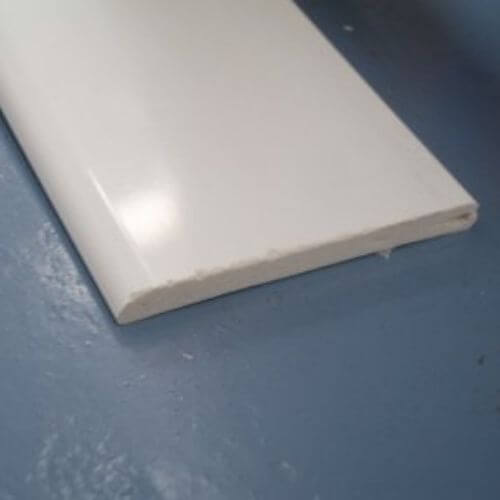 |
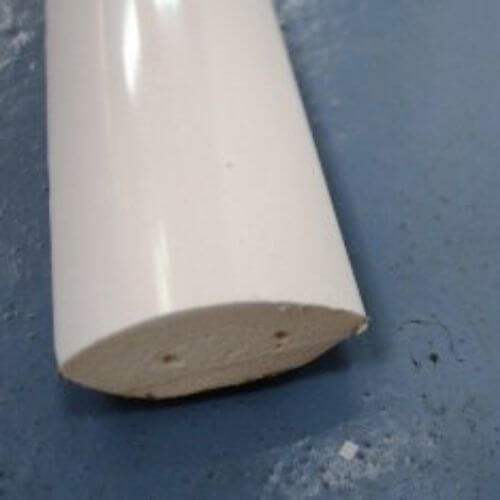 |
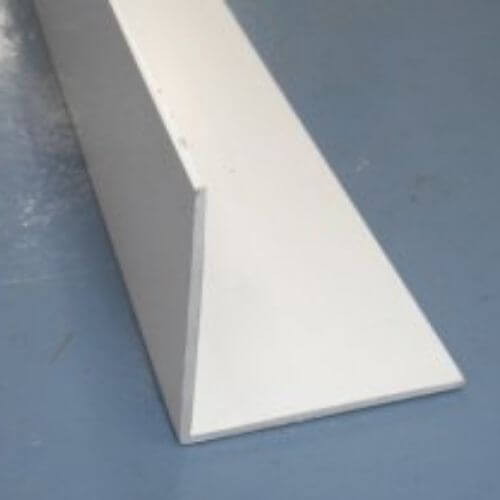 |
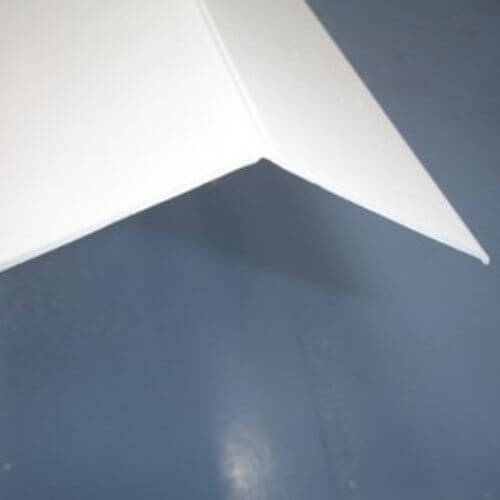 |
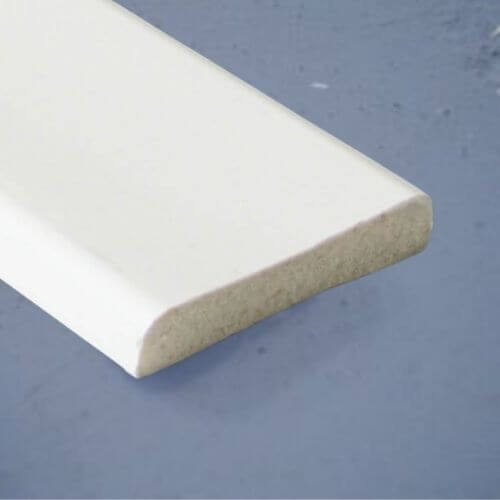 |
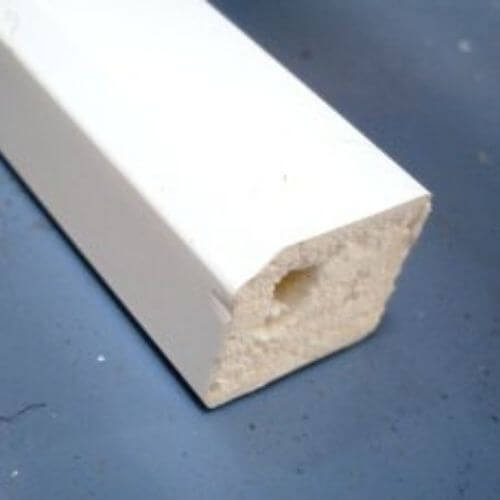 |
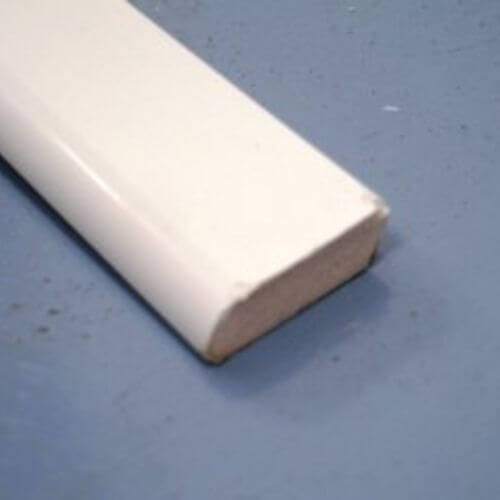 |
What are PVC Trims used for?
The most common application for PVC trims is to cover the unsightly gap between the old plaster and a new door or window when it is installed. The trims are butted up against the new window edge and sit over the plaster, giving a neat and tidy finish without the need for any plastering. Below are two examples, the first shows a D trim against a window and the second is a quadrant trim against a door frame.
| D-TRIM | QUADRANT |
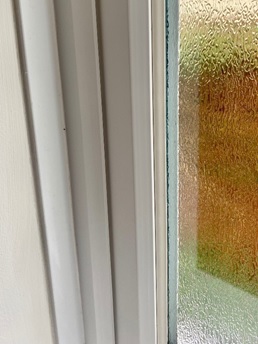 |
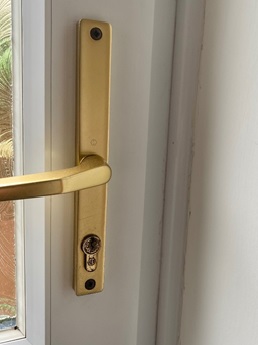 |
The main advantage of these trims is that the rounded edge of each of the common profiles sits neatly against the reveal whilst the square back edge buts neatly against the window or door frame, like a traditional timber architrave would. Unlike traditional timber mouldings, PVC trims are maintenance-free and will never need to be painted.
PVC trims are versatile – they can also be used for a variety of other applications around the house or garage to tidy up or finish off a project.
How do you fit PVC Trims?
The most common method of installing PVC Trims is to use an adhesive such as superglue. Most good commercial superglues use an activator, which accelerates the drying time of the adhesive. Apply the glue and applicator to the rear edge of the trim and push into position, holding the trim securely for a few seconds whilst the activator does its job.
Some installers prefer to use low modulus silicon to fix trims in place. The disadvantage of this is that any trims fitted in an overhead position (such as the top of a window reveal) will need to be fully supported until the silicon has gone off.
It is also possible to use a grab adhesive to install trim, but in our experience, this can be messy – we prefer the superglue method.
Are PVC Trims available in colours?
Yes, most of our trims are available in the standard door and window profiles of Black Ash, Anthracite Grey, Rosewood and Golden Oak as well as white.
| WHITE | ANTHRACITE GREY | BLACK ASH | GOLDEN OAK | ROSEWOOD |
 |
 |
 |
 |
 |



